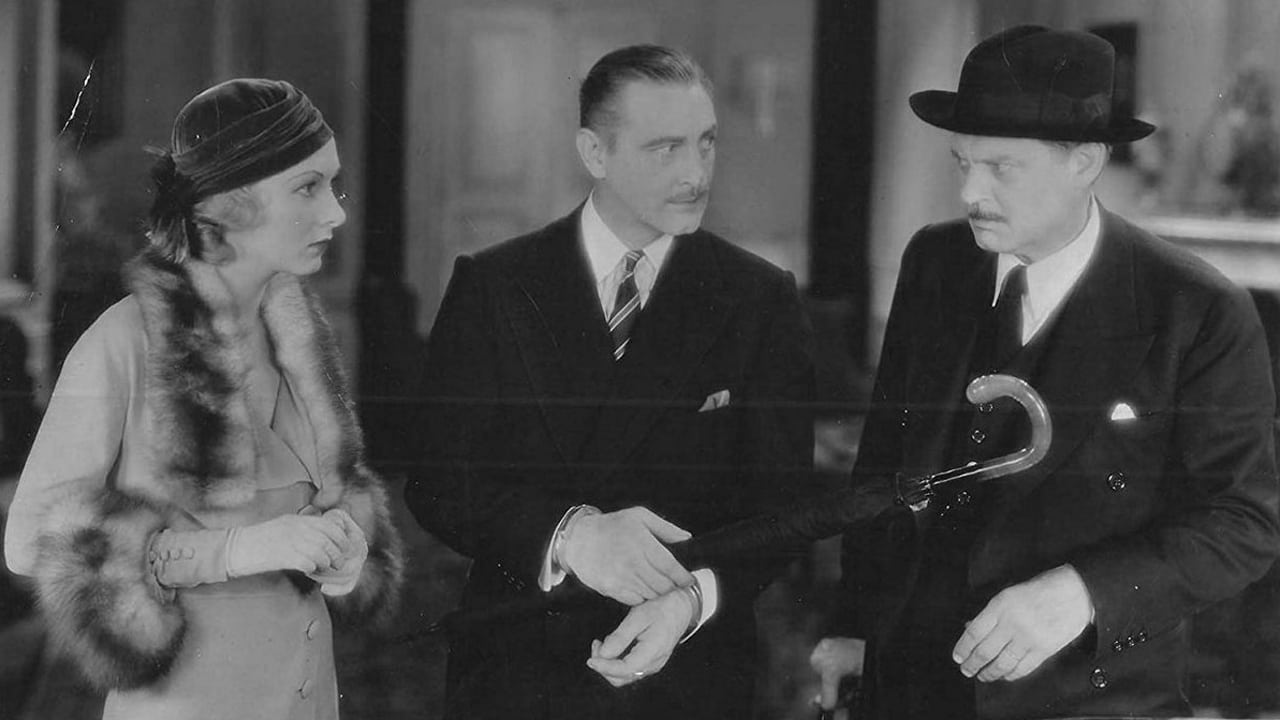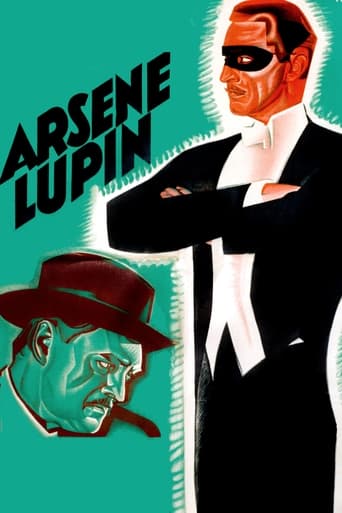

I like the storyline of this show,it attract me so much
... View MoreJust intense enough to provide a much-needed diversion, just lightweight enough to make you forget about it soon after it’s over. It’s not exactly “good,” per se, but it does what it sets out to do in terms of putting us on edge, which makes it … successful?
... View MoreThe plot isn't so bad, but the pace of storytelling is too slow which makes people bored. Certain moments are so obvious and unnecessary for the main plot. I would've fast-forwarded those moments if it was an online streaming. The ending looks like implying a sequel, not sure if this movie will get one
... View MoreGreat movie. Not sure what people expected but I found it highly entertaining.
... View MoreDuring the filming of Rasputin and the Emperor, Lionel Barrymore kept calling the director from a phone booth, asking him to tell John Barrymore not to put his hand on Lionel's wrist as it stole focus. I guess you had to watch that John like a hawk.John is the Duke of Charmerace aka Arsene Lupin, and Lionel is the hapless Guerchard who is under great pressure to capture him, as he's stealing right and left. But the Duke keeps beating him every time.Arsene Lupin has a bigger goal than a few jewels - the Mona Lisa from the Louvre. What the script writers didn't realize is that you can't roll up the Mona Lisa, she was painted on wood. Karen Morley is on hand as someone Guerchard sends in to help capture Lupin.The entire film is very sophisticated with fun moments. John and Lionel are great and obviously having a good time.
... View MoreAmong the Barrymores, Lionel (1878-1954) was the oldest and my favorite, followed by Ethel (1879-1959) and then John (1882-1942). The 3 made only 1 film together (Rasputin) but John and Lionel made several, including Grand Hotel (1932), Dinner at Eight (1933), and Night Flight (1933).Arsene Lupin was John's first film with Lionel and his first film for MGM. He has lost his chiseled good looks, put on a little weight, and the dissipation is only slightly in view, and in the next few years it would be more noticeable. Lionel's problems with arthritis are also slightly in view here, and also would worsen with time. Eventually he would perform in a wheelchair.The film itself is pretty poor, with a wandering plot and a lot of wasted time. Karen Morley gives an enchanting performance as the love interest.What I like best about this film is the relationship of John and Lionel. It shows them playing off one another and some true filial affection.
... View MoreAs a kid, I used to watch the Japanese anime series updating the exploits of the titular jewel thief (where he was depicted as an over- sexed buffoon, flanked by a shapely girl and two taciturn but deadly accomplices!) – though I have yet to check out the renowned Hayao Miyazaki's 1979 feature-length THE CASTLE OF CAGLIOSTRO inspired from it, which I acquired some time ago. I also own and am already familiar with two well-regarded French efforts (retaining the turn-of-the-century setting), namely THE ADVENTURES OF ARSENE LUPIN (1957; stylishly helmed by Jacques Becker) and SIGNED, ARSENE LUPIN (1959); for the record, others which intrigue me are the 1962 ARSENE LUPIN VS. ARSENE LUPIN and the 1971 TV series, both also emanating from the character's 'native' country. However, the film under review – which I had first acquired via a TV-to- VHS-to-DVD conversion of poor quality, but which I eventually upgraded (albeit still culled from a TCM screening) – remains perhaps the most popular rendition of this debonair figure; by the way, I also have in my collection its direct but-as-yet unwatched 1938 sequel ARSENE LUPIN RETURNS. Incidentally, such gentlemen crooks were a regular feature of pulp fiction (notably the similarly much-filmed "Raffles": I own versions of it dating from 1917 – starring, as here, John Barrymore – 1925, 1930 – alas, only a TV-to-VHS copy – and 1939!) until they made way for more ruthless and ambitious criminal masterminds such as Fantomas and Dr. Mabuse. Anyway, this classy production – best-known for first teaming John with his elder brother Lionel (they would appear together 5 times in 2 years, on one of which they were even joined by sister Ethel!) – is most enjoyable, with a plot which has since become a cliché: the protagonist's duality (hiding under an air of respectability and, at one point, the guise of an aged flower-seller to pull off a daring 'job' at the Louvre); the analogous deception by the woman in his life (or, more precisely, the one he finds in his bed – a delightfully racy scene for an MGM picture but, then, this was a "Pre-Code" release – during a reception!); Lupin's tenacious, but ultimately sympathetic, antagonist (whose physical attributes – including a prominent limp – actually fit the description of the 'villain' as given by an eye-witness!); the ultra-modern gadgets (a safe without the proverbial combination but 'armed' with an electrical charge), etc. John Barrymore's famed good looks ("The Great Profile" was 50 at the time) and up-till-then infrequently-tapped comic timing (though he would increasingly come to rely upon it for the rest of his career!) make him, respectively, ideal casting and a pleasure to watch; for what it is worth, I have as many as 23 titles of his still to go through even if only 4 fall into my current exercise of movie viewing based on all-time best polls and the higher ratings bestowed by Leslie Halliwell and Leonard Maltin!
... View MoreA remake of the 1916 silent film, based on the 1909 novel by Maurice Leblanc. The detective series would be made into numerous plays, films and TV series in the UK, the US, and France over the years. This 1932 version starred the smashing Barrymore brothers John (as the Duke) and Lionel (as Detective Guerchard). They would also star together in Grand Hotel, Dinner at Eight, and several others over the next couple years. Sonia (Karen Morley) shows up in the Duke's bed during a party in this pre-Hayes code film; first the lights go out in the bedroom, then they go out in the main ballroom, then the search is on for the crook and the missing jewelry, as well as other missing valuables... You can tell talkies hadn't been around too long, as they still use caption cards several times. Also watch for a new kind of safe that doesn't need a combination. Well-thought- out plot, no big holes, but no big surprises here either. Not bad for an early talkie film. Clever ending.
... View More